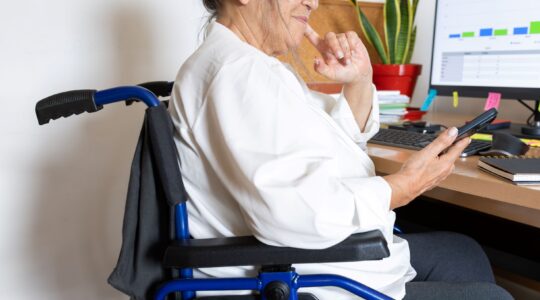The boards of Australian sporting organisations will need to be 50 percent gender diverse in less than three years or risk funding being axed.
The Federal Government today announced the new targets which need to be met by July, 2027.
“For the first time in Australian history, sporting boardrooms across the country will have to meet gender equity targets or risk funding being withheld,” Federal Sports Minister Anika Wells said.
Minister Wells said more women would now have more opportunities at boardroom tables.
She said a new National Gender Equity in Sport Governance Policy aimed to addresses the under-representation of women in sports leadership.
“Despite almost equal sport participation rates between men and women, women are still underrepresented in governance and leadership positions across the Australian sport sector.”
Minister Wells said the policy’s gender equity targets required the Australian sport sector to reach the following standards by July 1, 2027:
- 50 percent of all board directors are women and/or gender diverse.
- 50 percent of board chairs are women and/or gender diverse.
- 50 percent of specified board sub-committee members are women and/or gender diverse.
She said each jurisdiction would adopt its own mechanisms to reach the targets and timeframes, with Government funding to be withheld from national organisations that did not comply.
“Currently, 62 percent of funded national organisations reach the required standard of gender diversity in board directors, while only 25 percent of national sporting organisations and national sporting organisations for people with disability are chaired by a woman.”
Minister Wells said organisations would be required to report annually on their status against targets and their systems that ensured gender equity.
“We need more women making decisions for more women. Our sporting systems are not equal and this policy will help address the gender imbalances prevalent in sports leadership.”
Australian Sports Commission Chair Kate Jenkins said while the policy focused on gender equity, it set a framework to improve representation of all elements of diversity including age, cultural background and disability in the longer term.
“A range of resources, practical tools and programs will be made available to organisations to support them to meet these targets and navigate the challenges that may arise with substantial change like this,” Ms Jenkins said.








